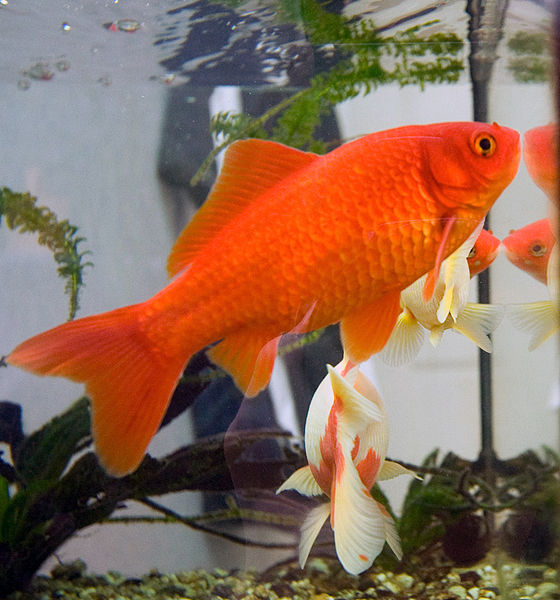 One of my first ever experiences with fishkeeping was with a goldfish won at a carnival – I thought it looked hungry and dumped an entire container of fishfood into the bowl. At a recent family picnic, I found a pretzel in the top of my small freshwater system courtesy of my four-year-old nephew and after a lesson on not feeding Aunt Eileen’s fish when she isn’t in the room, we all realized that the cycle is truly continuing (especially since that particular nephew loves to check my aquarium maintenance skills and point out all of the spots of algae I missed). I can’t wait until he has long enough arms for me to put an algae scrubber in his hand.
One of my first ever experiences with fishkeeping was with a goldfish won at a carnival – I thought it looked hungry and dumped an entire container of fishfood into the bowl. At a recent family picnic, I found a pretzel in the top of my small freshwater system courtesy of my four-year-old nephew and after a lesson on not feeding Aunt Eileen’s fish when she isn’t in the room, we all realized that the cycle is truly continuing (especially since that particular nephew loves to check my aquarium maintenance skills and point out all of the spots of algae I missed). I can’t wait until he has long enough arms for me to put an algae scrubber in his hand.
So how do we keep the aquarium hobby fun and safe while turning our little “helpers” into future aquarists? Here are a few tips that I’ve come across while working at That Fish Place, in my prior naturalist experience at a South Carolina state park, and with my own two nephews: Read More »
 That Fish Blog – Aquarium Advice and Information
That Fish Blog – Aquarium Advice and Information


